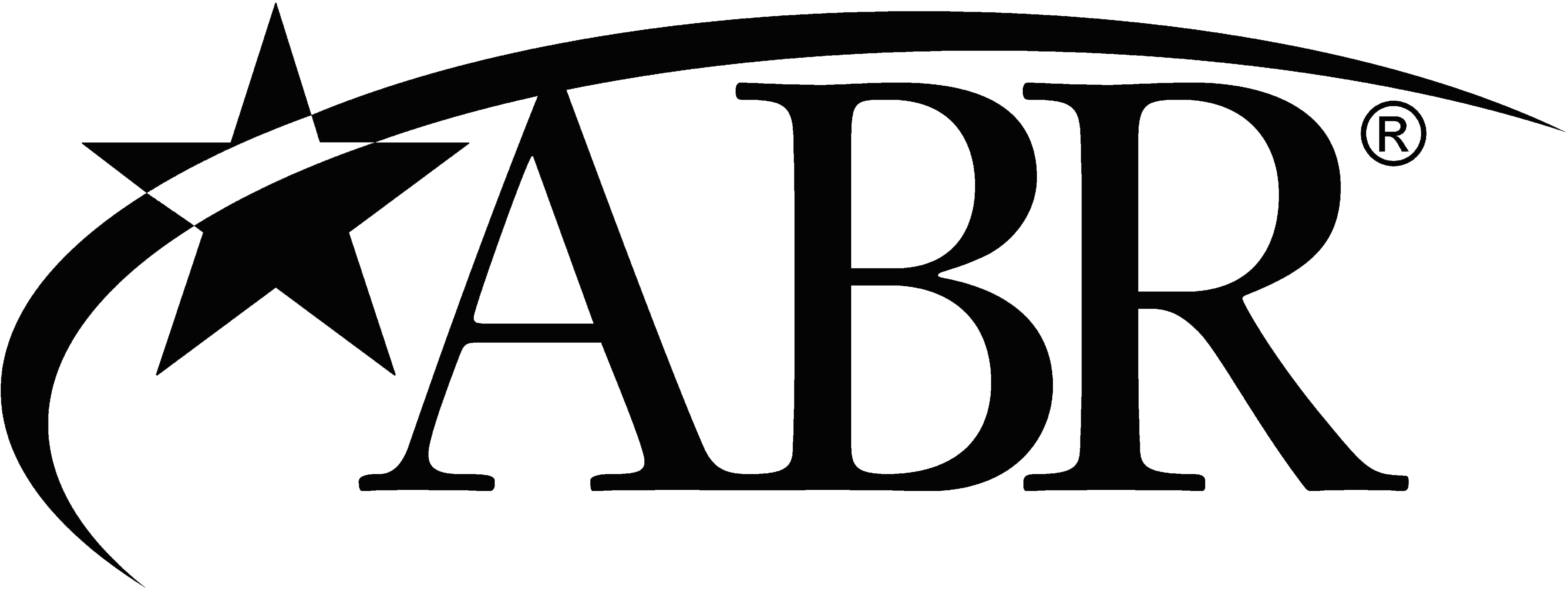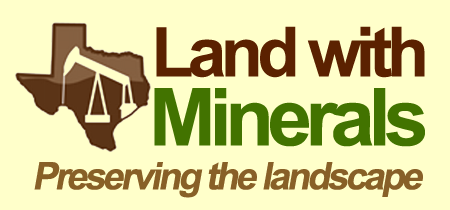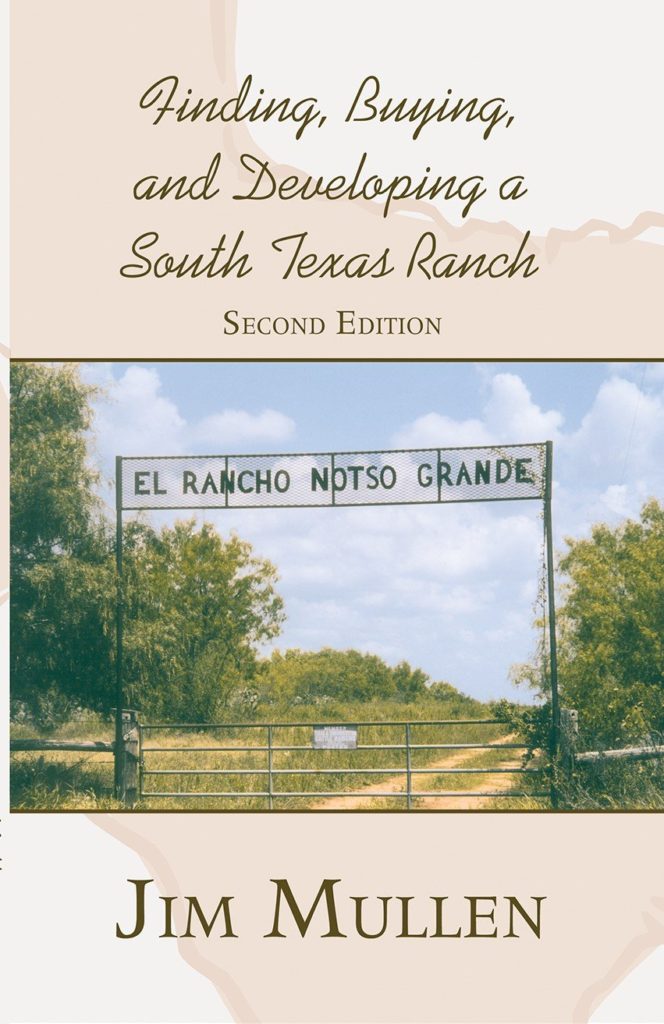Driving on a back road yesterday, I noticed a glaring example of poor grazing management. One side with thick carry over forage from last year, one side bare dirt. I know we are in a drought, I know some managers are hurting financially, but overgrazing is never the answer. Admittedly, the one on the left may be deferred from grazing, perhaps in a wildlife-only program, but there is no excuse for the tract on the right.


Grazing to bare soil, particularly in a clay soil, will result in “hard-panning”, where the soil gets a crust. Rain, when it does come, cannot penetrate initially, and a brief downpour will just run off. I’ve seen examples of hard-panning in La Salle Co. that still produce less than adjoining tracts after 12 years of deferment and “average” rainfall. Hopefully, the tract on the right is a small enclosure or “trap” and the landowner used it to enclose his livestock to feed with hay in the hopes the drought would end.
Managing Wildlife in South Texas on a Budget






